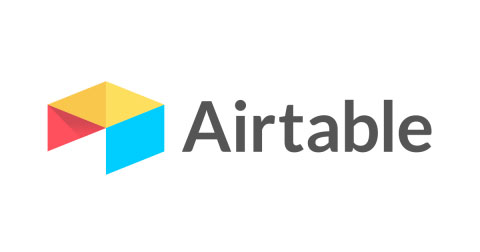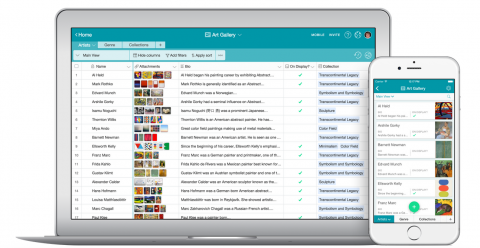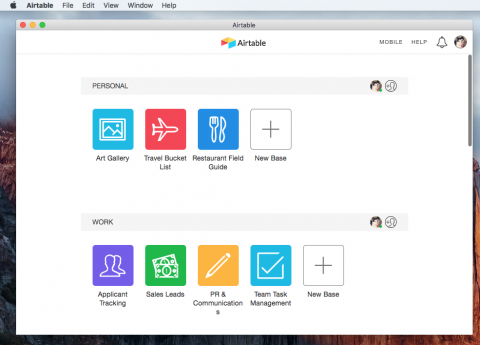Task Management Reviews: Airtable

Airtable takes a different approach to the strict and structured applications we are accustomed to using by presenting the opportunity to build and create your own way of organizing anything—whether it’s your personal agenda to your professional task list—all housed in one application.

The Good: As every great application should in today’s digital era, Airtable comes complete with a top-notch mobile experience, “real-time” collaboration (individuals can simultaneously make changes to a base/ task spreadsheet), and a cloud-based sync so you can access your content from anywhere. Airtable also offers special nonprofit discounts if a nonprofit wants to upgrade to one of their select paid plans.
The Bad: For companies that value keeping data “in-house”, cloud services like Airtable most likely won’t be an plausible option. But, if your organization doesn’t have any restrictions with your data living on the cloud, Airtable may be a great option.

The Ugly: The majority of the platform is free, with up to 1,200 records per base, 2 GB attachment space per base and 1,000 API (Application Program Interface- the connectivity between multiple devices) requests per month. The only restriction on API usage for Airtable is for the number of requests per second, which is limited to 5. Like many applications, once exceeding their limitations, you’ll have to upgrade your plan to Plus ($12 per month) or Pro ($24 per month). If you don’t mind paying monthly for your planning features, this wouldn’t be such an ugly option. But why pay for services, when you can get something that’s similar for free?

